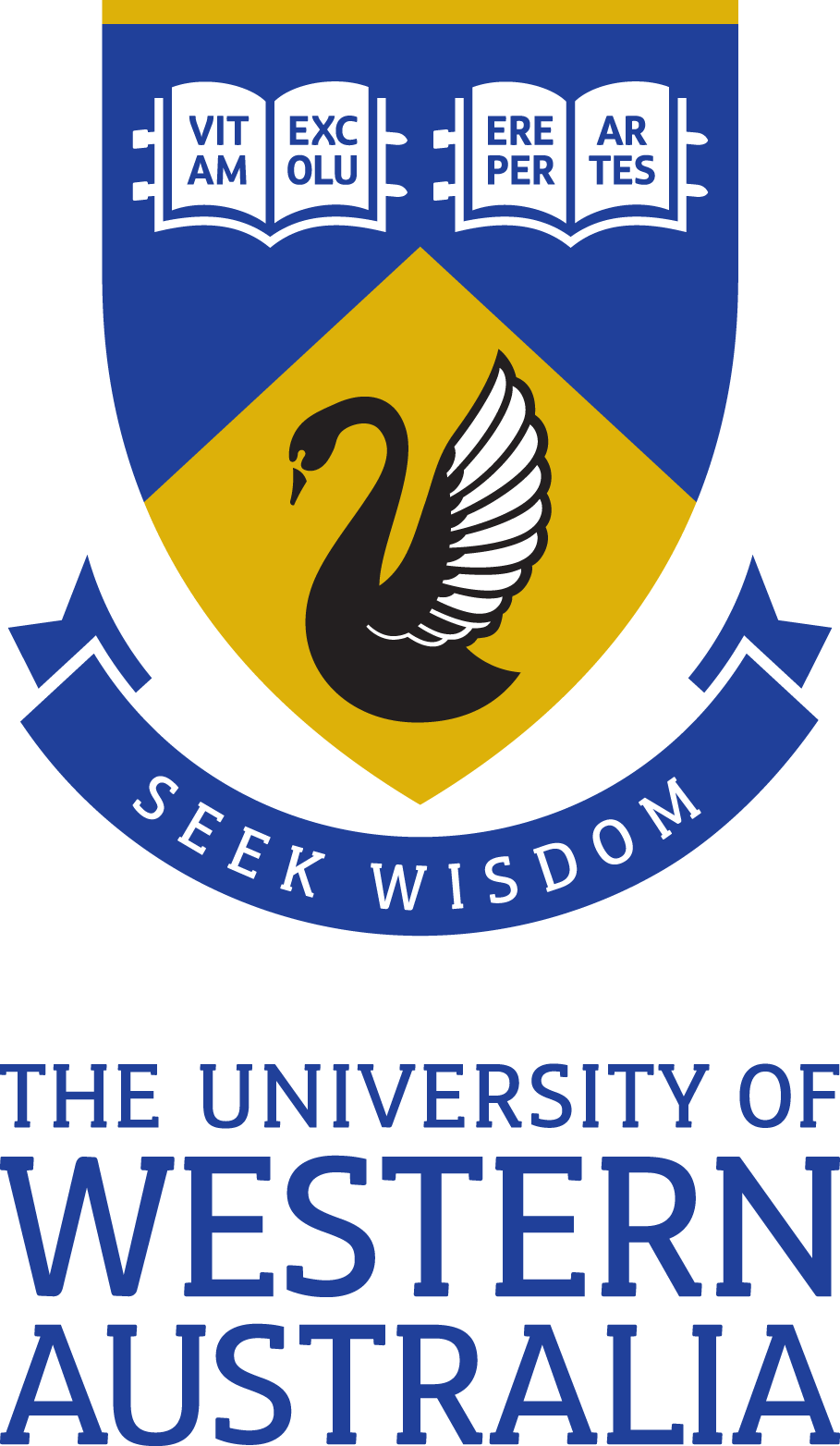Full description
A considerable body of evidence supports the prediction that males should increase their expenditure on the ejaculate in response to sperm competition risk. The prediction that they should reduce their expenditure with increasing sperm competition intensity is less well supported. Moreover, most studies have documented plasticity in sperm numbers. Here we show that male crickets Teleogryllus oceanicus exhibit reduced seminal fluid gene expression and accessory gland mass in response to elevated sperm competition intensity. Together with previous research, our findings suggest that strategic adjustments in seminal fluid composition contribute to competitive fertilization success in this species. This dataset contains: Excel spreadsheet containing gene expression and morphometric data for males from two treatment groupsIssued: 2018-01-09
Spatial Coverage And Location
text: Western Australia
Subjects
User Contributed Tags
Login to tag this record with meaningful keywords to make it easier to discover
Identifiers
- DOI : 10.5061/DRYAD.4188B

- global : 9970ff78-ca83-4d1c-bdf1-daae299f1def


